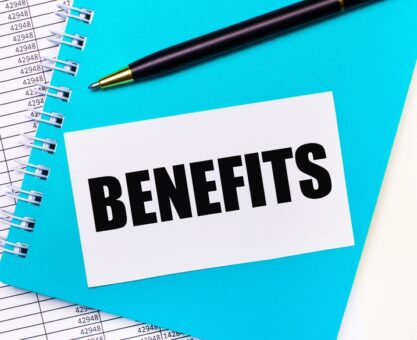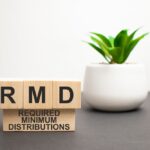When you reach your 50th birthday, it’s time to start getting serious about planning your retirement. In fact, experts say you should have about four times your federal salary socked away in your TSP by age 50. If you haven’t hit this milestone, don’t panic. You still have time to get on track.
Age 50: TSP Catch-Up Contributions
You can make TSP Catch-Up Contributions in the year you turn 50 even if your birthday is December 31st. The 2024 IRS annual limit for TSP Catch-Up Contributions is $7,500. This is in addition to the regular limit of $23,000 for 2024. Remember — Catch-Up Contributions can only be made from your basic pay.
Age 59-½: Penalty-Free In-Service TSP Withdrawals
While you’re still employed, you can make four age-based, in-service TSP withdrawals per year at age 59-½ or older without incurring a penalty. However, you can only withdraw funds in which you’re vested based on your years of service and you’ll owe income taxes on the taxable portion of your withdrawal. One reason to consider an age-based, in-service withdrawal is to pay down high-interest consumer debt before you retire.
“Another good reason to wait until 62 to retire is that you become eligible for Cost Of Living Adjustments (COLAs) at this age.”
Age 62: Eligibility For The FERS 10% Bonus
If you retire at age 62 (or older), with at least 20 years of creditable service, your FERS annuity (pension) is calculated with the 1.1% formula instead of 1%. Though the difference between 1% and 1.1% may not seem that much at first, it works out to a 10% increase for the rest of your life. Another good reason to wait until 62 to retire is that you become eligible for Cost Of Living Adjustments (COLAs) at this age.
Age 65: Eligibility For Medicare
Since Medicare Part A is free to federal workers who paid into the system, OPM recommends enrolling in Part A and combining it with your FEHB coverage. Deciding to enroll in Medicare Part B is more complicated because it’s not free. Generally, FEHB participants with HMO plans don’t need Medicare Part B because their plan covers most of the same medical services.
Age 73: Required Minimum Distributions (RMDs)
Starting January 1, 2023, the age for RMDs was raised to 73 for those born after December 31, 1950. If you have a Roth TSP balance, starting on January 1, 2024, it’s no longer subject to RMDs and your RMD calculation will only include your traditional TSP balance.
Connect with an FRC® trained advisor who understands your federal benefits. Together, you develop a retirement plan customized for your retirement.


























